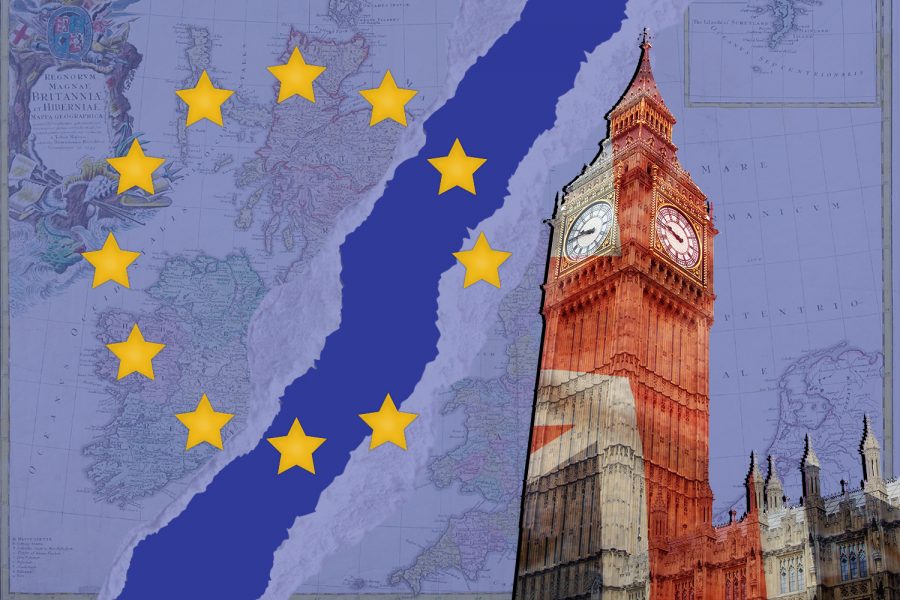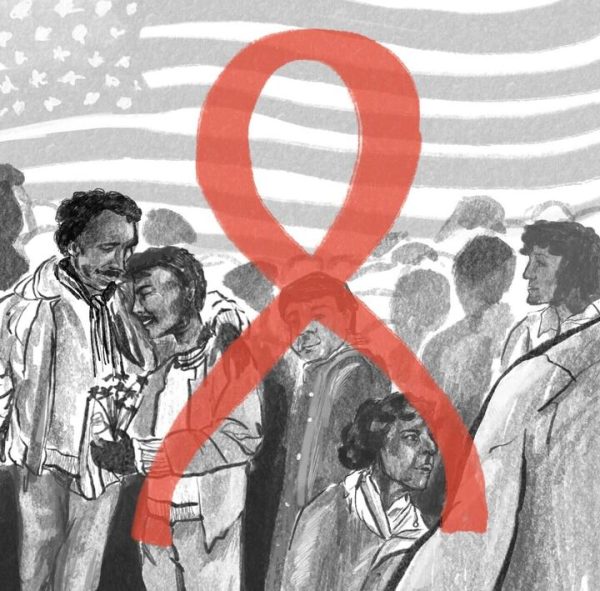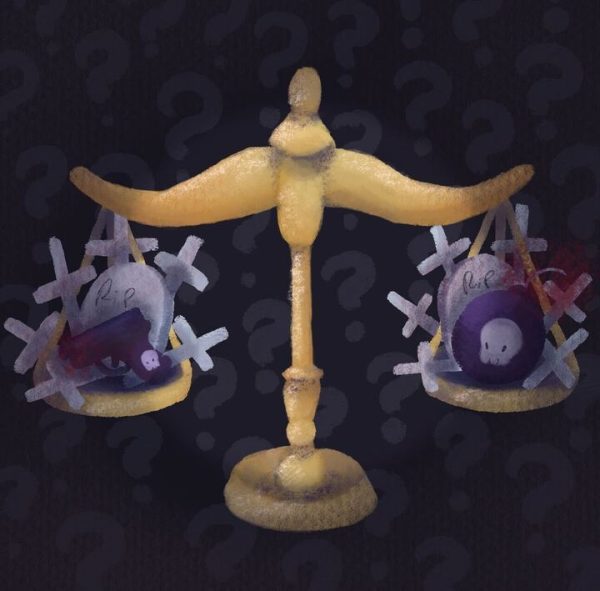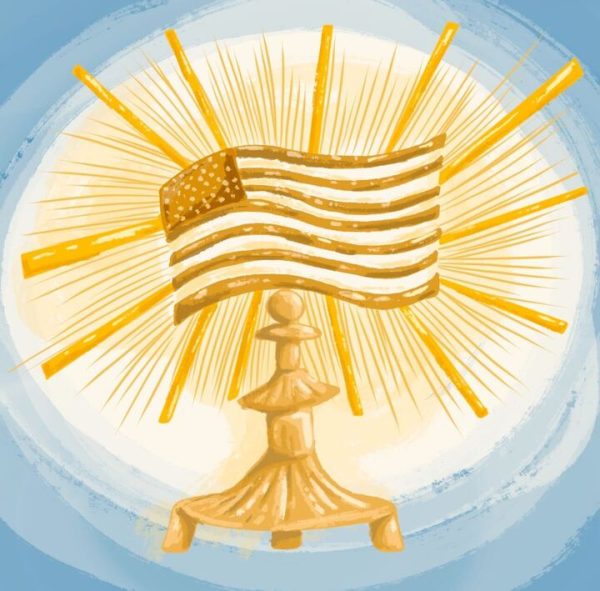Opinion: How Brexit exposed the truth on the UK power structure
September 28, 2021
The Brexit vote for the United Kingdom to leave the European Union occurred just more than five years ago, with the finalizations for leaving completely finishing up last year.
However, it also exposed the U.K.’s true political and power structure in the process. The U.K. consists of four countries: England, Wales, Scotland and Northern Ireland at a subnational equivalent of a state in the U.S. However, the political and power structure of the U.K. when looked deep down is unitary.
England calls all the shots radiating out from the capital in London. Wales, Scotland and Northern Ireland in truth have as much power in the U.K. as Puerto Rico in the U.S. — none. England has a raw population of more than five times that of the rest of the U.K. put together, so some of that domination comes just from those raw numbers alone.
However, England also had centuries long warfare with the neighboring countries that ended with England seizing and dissolving the independent power of Scotland, Wales and Ireland to create the U.K. and the British identity.
Because of this, I see less and less British Empire and more and more English Empire in the nation’s global conquest and colonization for the past several hundred years given this power structure. The main trick of England and the U.K. since the Acts of Union 1707 was in making England look less dominating than it actually was to Ireland, Scotland and Wales.
That illusion was exposed completely in the Brexit vote. Now the U.K. is at risk of breaking apart into its country fractions. Northern Ireland and Scotland are especially ready to break off, with both voting to stay in the EU. Even in Wales, there are already calls for Welsh independence as a result of the vote.
In truth, Scotland, Northern Ireland and Wales are colonies of England just like its imperialist claims of past, present, and future that Brexit exposed. All this global domination and conquest comes from the roughly 400 miles long by 200 miles wide nub of England — an area smaller than half the countries around the world.










